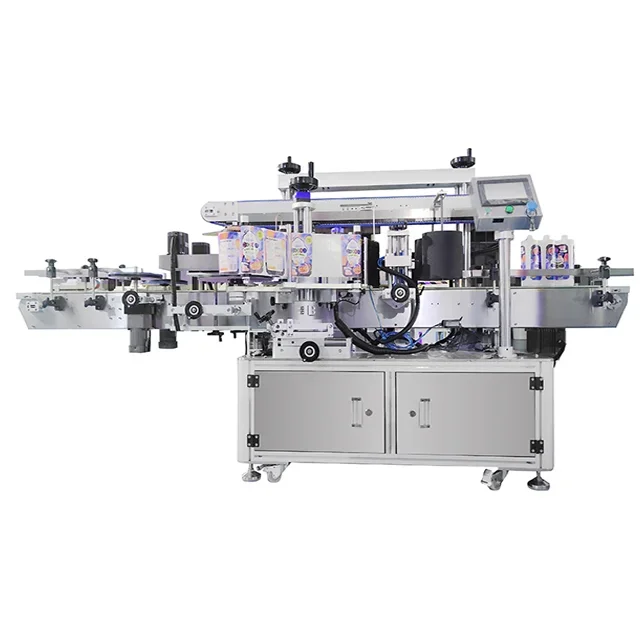When it comes to photography, lighting is arguably the most critical element that can make or break an image. The type of light you choose not only influences the mood and tone of your photographs but also affects the technical aspects such as exposure, color accuracy, and depth. In this comprehensive guide, we will explore the various types of light available for photography, their unique characteristics, and how to leverage them to enhance your photographic artistry.
Understanding the Basics of Light
Before diving into specific types of light, it’s essential to understand the fundamental properties of light itself. Light can be categorized based on its source, quality, direction, and color temperature. Each of these properties plays a significant role in how your photographs will turn out.
- Source of Light: Natural vs. Artificial
- Natural Light: This is sunlight, which varies throughout the day and is influenced by weather conditions. Natural light is often favored for its soft, diffused quality, especially during the golden hour—shortly after sunrise and before sunset.
- Artificial Light: This includes any man-made light sources, such as flash, LED panels, and studio lights. Artificial lighting provides more control over the intensity and direction of light, making it ideal for studio photography.
- Quality of Light: Hard vs. Soft
- Hard Light: Produced by direct light sources, hard light creates sharp shadows and high contrast. It can be used effectively for dramatic portraits or to highlight textures.
- Soft Light: This is diffused light that reduces shadows and creates a more flattering look. Soft light is often achieved through the use of softboxes, reflectors, or by shooting on overcast days.
- Direction of Light: Front, Side, Back, and Top Lighting
- Front Lighting: This illuminates the subject directly from the front, minimizing shadows. While it’s great for even exposure, it can sometimes flatten the image.
- Side Lighting: This creates depth and dimension by casting shadows on one side of the subject, enhancing textures and shapes.
- Back Lighting: This involves placing the light source behind the subject, creating silhouettes or rim lighting effects that can add drama.
- Top Lighting: Often used in fashion photography, top lighting can create striking shadows and highlights, but it may also lead to unflattering shadows on the face.
- Color Temperature: Warm vs. Cool Light
- Warm Light: Typically associated with sunrise and sunset, warm light has a yellowish hue that can evoke feelings of warmth and comfort.
- Cool Light: Found in midday sun or overcast conditions, cool light has a bluish tint that can create a more clinical or modern feel.
Types of Light for Photography
Now that we have a foundational understanding of light, let’s explore the various types of light sources available for photographers and their best applications.
- Natural Light
Natural light is often the go-to choice for many photographers, especially those working in landscapes, portraits, and street photography. The dynamic nature of sunlight allows for a range of creative possibilities.
- Best Practices: Utilize the golden hour for softer, warmer tones. Experiment with shadows and highlights by changing your position relative to the light source.
- Continuous Lighting
Continuous lighting sources, such as LED panels and tungsten lights, provide a constant output of light, allowing photographers to see how the light interacts with their subjects in real-time.
- Best Practices: Use continuous lighting for video shoots or when you need to maintain consistent lighting conditions. Adjust the distance and angle of the lights to achieve the desired effect.
- Flash and Strobe Lighting
Flash units and studio strobes offer powerful bursts of light that can freeze motion and illuminate subjects in low-light conditions. They are essential for portrait and product photography.
- Best Practices: Master the use of off-camera flash to create more dynamic lighting setups. Use modifiers like softboxes or umbrellas to soften the light and reduce harsh shadows.
- Reflectors and Diffusers
Reflectors bounce light onto your subject, while diffusers soften the light. Both tools are invaluable for controlling and modifying natural or artificial light.
- Best Practices: Use a white reflector for a soft fill light or a silver reflector for a more intense bounce. Diffusers can be used to soften harsh sunlight, especially during midday shoots.
- Specialty Lighting
For creative projects, consider using colored gels, LED light strips, or even practical lights (like lamps) to add unique effects and moods to your photographs.
- Best Practices: Experiment with different colors and intensities to evoke specific emotions or themes in your work.
Conclusion: Finding Your Perfect Light
Ultimately, the best type of light for photography depends on your subject, style, and the story you wish to convey. Whether you prefer the organic quality of natural light or the precision of artificial lighting, understanding the nuances of each type will empower you to make informed decisions that elevate your photography.

